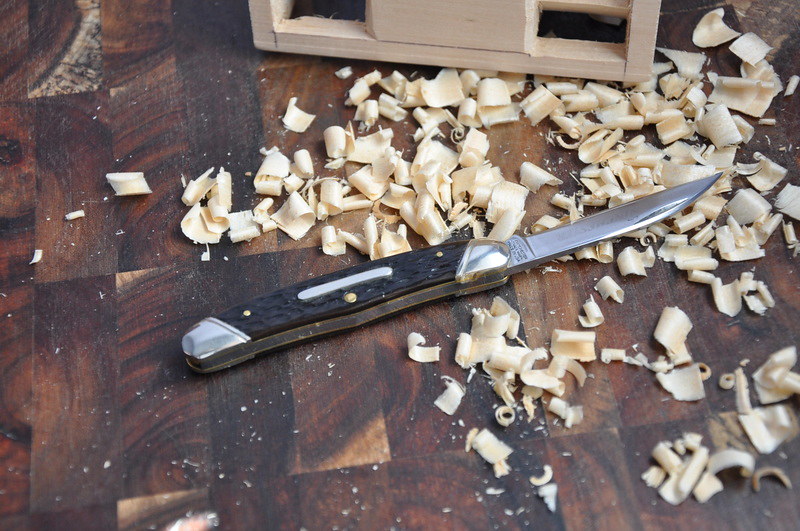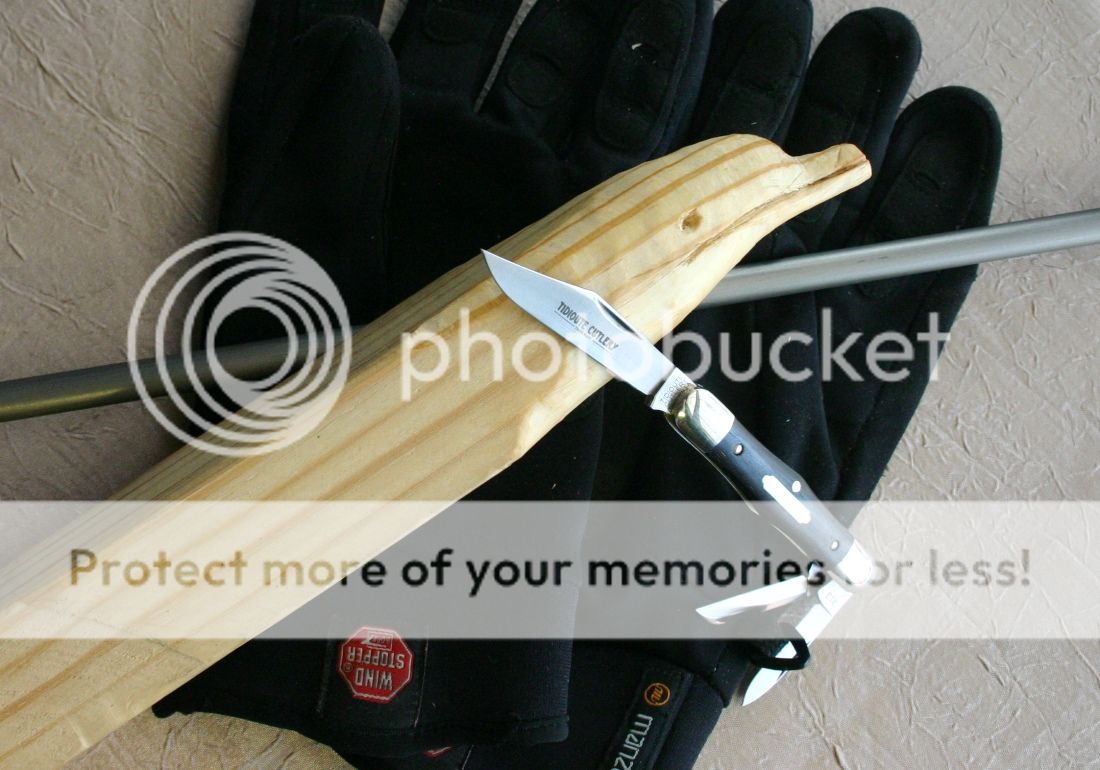Hey guys,
I was wondering what blades you guys use when whittling, namely coping/sheepsfoot/wharncliffe vs pen/clip (basically straight vs curved edge). I have really only used sheepsfoot and coping blades when whittling and was wondering for those who use pen and clip blades, what are the advantages?
And if you want to include pictures of project completed with said blades, I won't be up set
I was wondering what blades you guys use when whittling, namely coping/sheepsfoot/wharncliffe vs pen/clip (basically straight vs curved edge). I have really only used sheepsfoot and coping blades when whittling and was wondering for those who use pen and clip blades, what are the advantages?
And if you want to include pictures of project completed with said blades, I won't be up set





